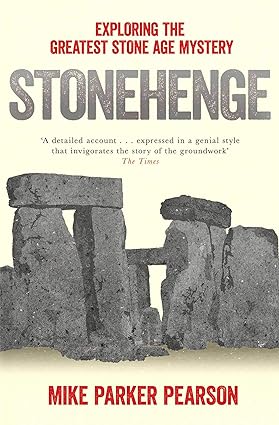Pearson and his team undertook a huge project at and around Stonehenge spanning several years, some of this work was captured on the popular TV show ‘Time Team’. Pearson developed a theory that Stonehenge’s stone construction was specifically reflective of the site’s purpose relating to the dead. This was inspired by Pearson’s close colleague Ramilisonina with deep knowledge of stone traditions in Madagascar. This theory suggested that a nearby site at Durrington Wall, containing precursor structures made specifically from timber, was used as a a site for the living to help construct Stonehenge. Durrington Walls and Stonehenge, it is essentially argued, had a symbiotic ‘the living and the dead’ relationship and included that the river Avon was used to join the two sites.
Pearson and colleagues undertook excavations at Durrington Walls and uncovered evidence that supported their theory at an early stage. By 2005, the team had uncovered evidence for two timber circles, a very large Neolithic settlement and an area called ‘the avenue’. This allowed the team to make a strong case for further funding to broaden the scope of the project.
Interestingly, Pearson describes the discovery of Sarsen chippings near to one of the timber circles and subsequently came to the view that there had been at least two enormous Sarsen stones at the Woodhenge which were laid in a formation similar to that seen at the famous site of Avebury.
Pearson also describes an intriguing similarity of house design between structures identified in Skara Brae, Orkney to the Woodhenge site in Wiltshire that appeared to follow a ‘standard form’, raising fascinating questions as to how this form may have been transmitted geographically.
That said, the use of Sarsens at the Woodhenge site at Durrington Walls may appear to test the original idea of the separation of the sites being along the symbolic lines of the living and the dead. Pearson also makes mention of ‘lithification’ (replacing wooden monuments with stone) as a potential explanation which appears contrary to the symbolic theory. An estimation for the deterioration of the timber posts is provided as around 60 years that might suggest the original purpose should not have been forgotten. Pearson’s work is clearly extensive and detailed and the scales involved are truly vast.
Pearson’s book succinctly titled, “Stonehenge” was first published in 2012. This can be purchased from Amazon by clicking on the book below:

